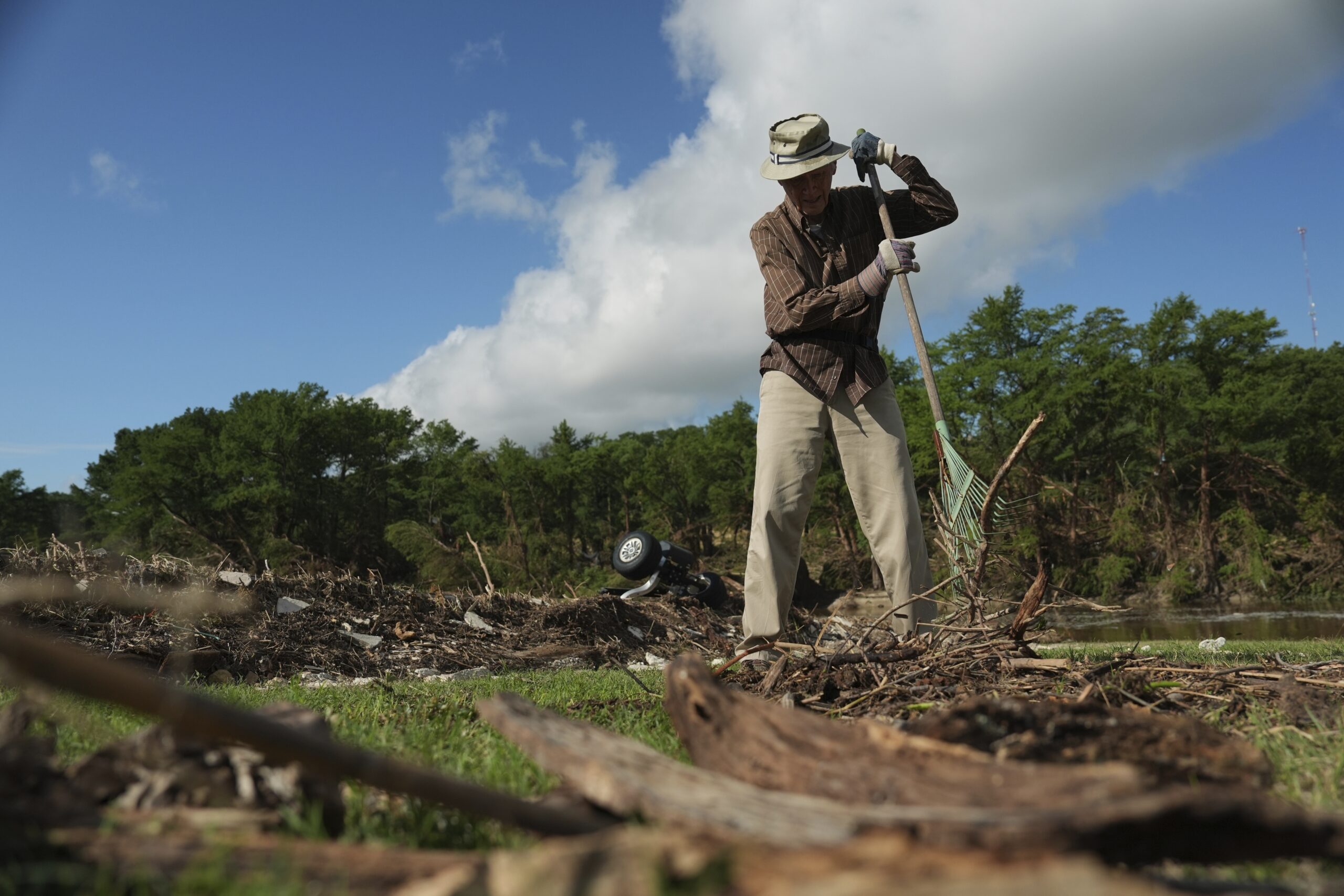Editorial
Who’s Guilty Now?
The nine came to the state Senate chamber on May 8-the largest single gathering ever assembled of men wrongfully sent to prison in Texas. They described how witnesses had misidentified them, how prosecutors had lied to convict them, how faulty or falsified lab tests had made them look guilty, how they had languished in prison, often for decades, and how recent DNA tests ultimately freed them.
Houston Democratic state Sen. Rodney Ellis had summoned the nine as part of a “Texas Roundtable on Wrongful Convictions.” Since 2000, DNA tests have exonerated 33 men in Texas, men who suffered a combined 427 years in prison. No other state can match that disgraceful record. James Lee Woodard is the most recent victim. He was freed in late April after serving 27 years for the murder and rape of his girlfriend. Woodard was 30 miles from the scene the night of the crime. Two witnesses confirmed his alibi. But at trial, the girlfriend’s stepfather gave false testimony (later recanted) that implicated Woodard. Dallas prosecutors intentionally withheld evidence that would have cleared him. He was imprisoned through seven presidential administrations.
Charles Chatman sat next to Woodard in the Senate chamber. The State of Texas also robbed him of 27 years before his release in January. Chatman was unlucky enough to have once lived a few doors down from a Dallas rape victim. Prosecutors convicted him solely on the victim’s mistaken identification. Woodard and Chatman are among 17 men exonerated thanks in part to the heroic efforts of Dallas County District Attorney Craig Watkins. The first African-American D.A. in Texas history, Watkins created a division to review claims of innocence and retest DNA evidence.
Watkins’ efforts are possible only because the Dallas County D.A.’s office has preserved samples of DNA evidence from convictions going back decades. In most places in Texas, however, there’s no DNA evidence to test. That includes Harris County, which imprisons more people than any other place in Texas, and where many DNA samples have been lost or destroyed.
“I hate to use this phrase, but these men are lucky,” said attorney Jeff Blackburn, head of the Texas Innocence Project (affiliated with the New York-based group run by Barry Scheck), which is responsible for freeing so many of Texas’ wrongfully convicted. “For every exoneration, there’s probably 300 people in [Texas prisons] that need to get out. They can’t get their claims heard unless they’re in Dallas County or there’s evidence to test. That’s the problem we’ve got.”
A few procedural changes could prevent many wrongful convictions in the future: instituting best practices for police lineups and witness identifications, reviewing prosecutorial misconduct and defense attorney incompetence, instituting better oversight of crime labs.
But none of that will free the hundreds-perhaps thousands-of innocent men and women wasting away in Texas prisons. “I’m a victim, make no mistake,” said Billy Smith, imprisoned 19 years for a 1986 rape he didn’t commit. “After the first 10 years, at least once or twice a year, I thought about committing suicide…. There are prisoners today that are doing the same thing I did. That is the struggle.”
Ellis has tried unsuccessfully for years to create a state-funded Innocence Commission to investigate wrongful conviction claims. The state’s GOP leadership, with an assist from a Democratic House committee chairman, killed Ellis’ bill once again during the 2007 legislative session. An Innocence Commission won’t solve the problem entirely, but it’s a beginning. If the innocent remain in prison and we do nothing, we all share in the guilt.


